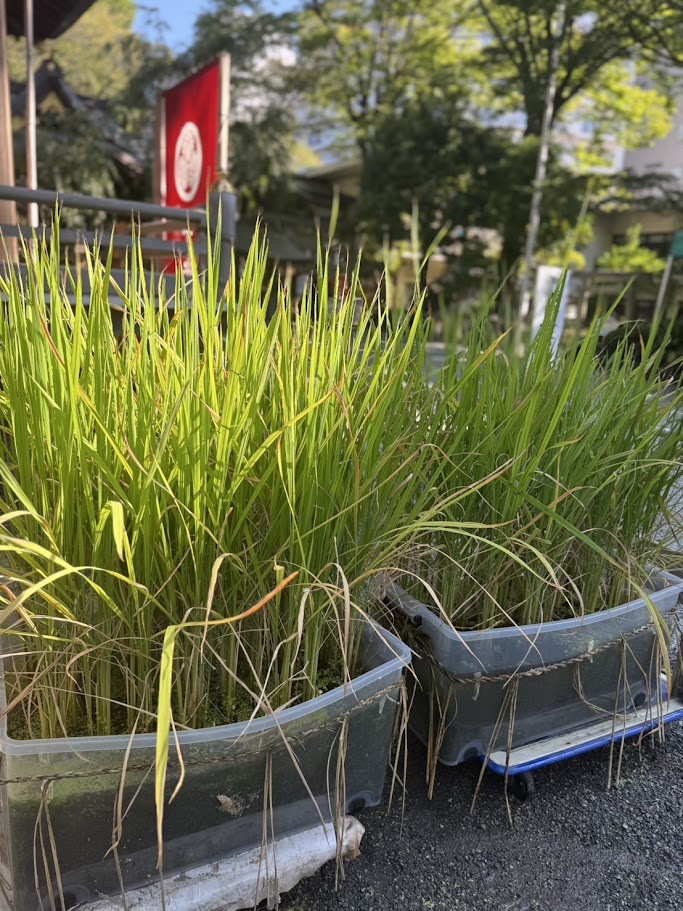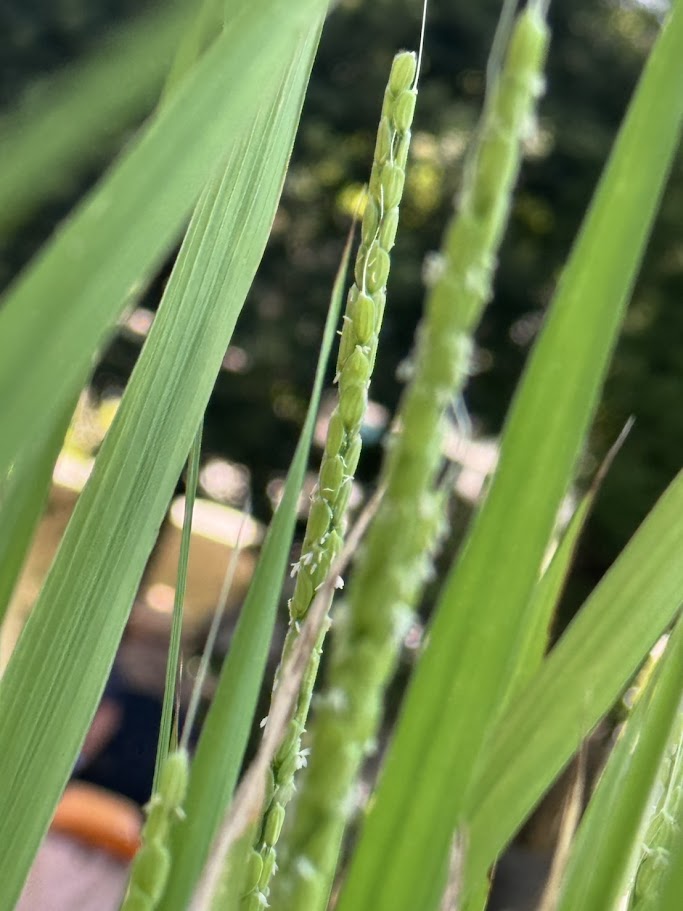命名祈祷の後に迎える、はじめての参拝
赤ちゃんの人生の最初の節目は「命名祈祷」です。
その後に続く大切な行事が、赤ちゃん本人がはじめて神社に参拝する「初宮参り」です。誕生記では、命名の朱印に続く二つ目の節目として記されます。
初宮参りの位置づけ
命名祈祷で神様にお名前を奉告し、守護を願ったのち、赤ちゃん本人が神様の前に進む最初の参拝が初宮参りです。
安産祈願から始まった祈りの歩みが、家族とともに確かな一歩を刻みます。
参拝の時期
古来のならわしでは、男の子は生後31日目以降、女の子は33日目以降に参拝します。
この時期を迎えてから、赤ちゃんをお連れください。
家族で迎える節目
ご両親やご祖父母とともに参拝し、無事の誕生を感謝し、健やかな成長をお祈りします。
神前での祈りは、これからの子育ての節目を静かに後押ししてくれます。
誕生記に残る初宮の朱印
初宮参りを終えると、誕生記のページに新たな朱印が加わります。
命名祈祷でいただいた最初の朱印に続き、「赤ちゃん本人の初参拝」という記録が一冊に重なっていきます。
—
誕生記のページが増えるたびに、家族の祈りとよろこびが静かに刻まれていきます。
次回は「泣き相撲と誕生記」についてご紹介します。
First Shrine Visit (Hatsumiyamairi) and the Tanjoki|The first visit after the Naming Ceremony
The baby’s very first milestone is the Naming Ceremony.
What follows is the child’s first visit to the shrine, the Hatsumiyamairi. In the Tanjoki, it appears as the second milestone, after the seal for the Naming Ceremony.
How Hatsumiyamairi fits in
After presenting the baby’s name to the deity and praying for protection at the Naming Ceremony, the child comes before the deity in person for the first time at Hatsumiyamairi.
It is a tangible step forward in the journey of prayers that began with the safe delivery prayer.
When to visit
According to tradition, boys are brought to the shrine on or after the 31st day after birth, and girls on or after the 33rd day.
Please plan the visit once this time has arrived.
A family milestone
Parents and grandparents often come together to give thanks for the safe birth and to pray for the child’s healthy growth.
Standing before the deity becomes a quiet encouragement for the days of child-rearing ahead.
The Hatsumiyamairi seal in the Tanjoki
After the prayer, a new seal is added to the Tanjoki.
Following the first seal for the Naming Ceremony, this entry records the baby’s first shrine visit.
—
With each added page, the family’s prayers and joys are gently inscribed.
In the next article, we will introduce the Crying Sumo (Nakizumo) and its place in the Tanjoki.

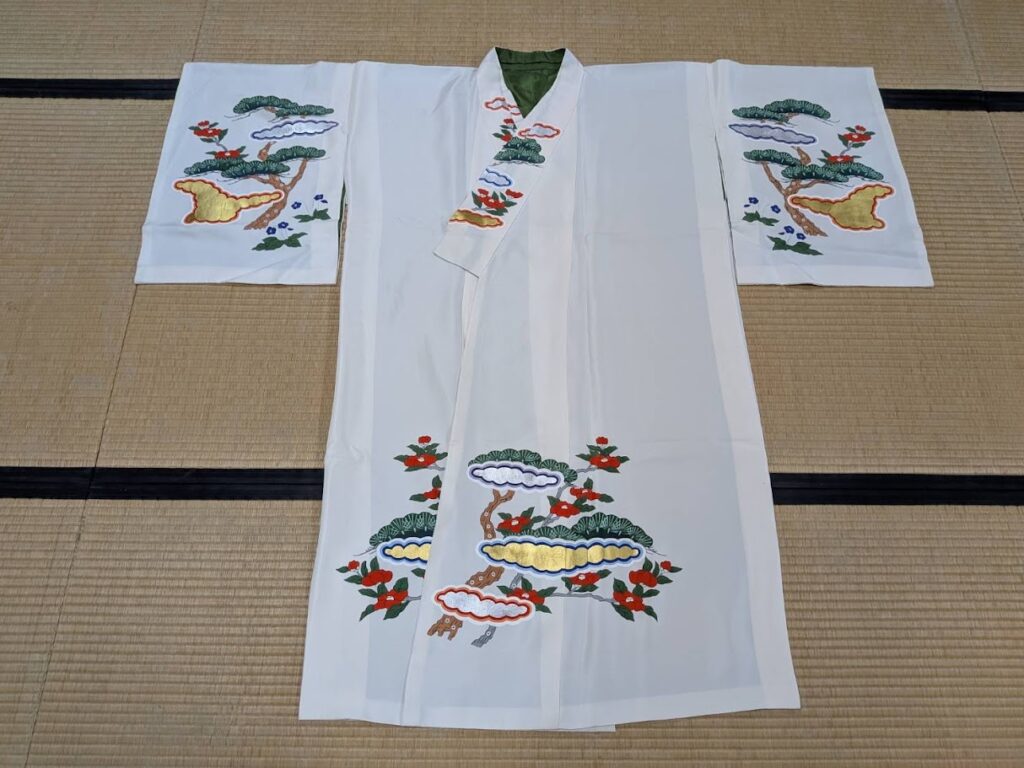
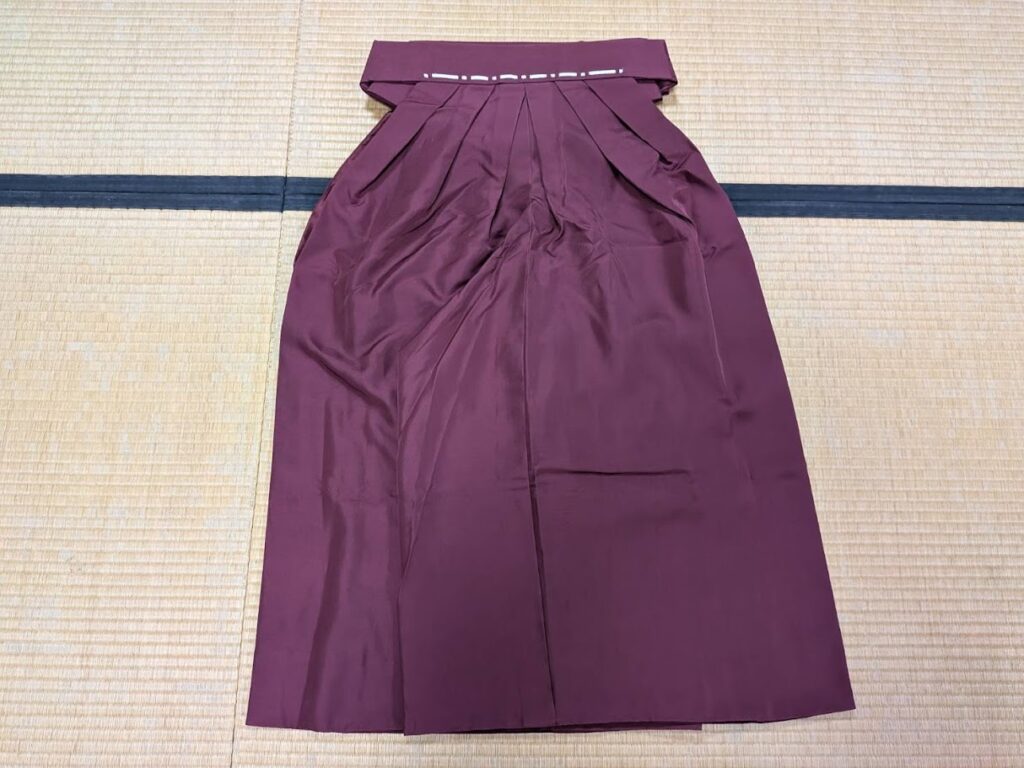
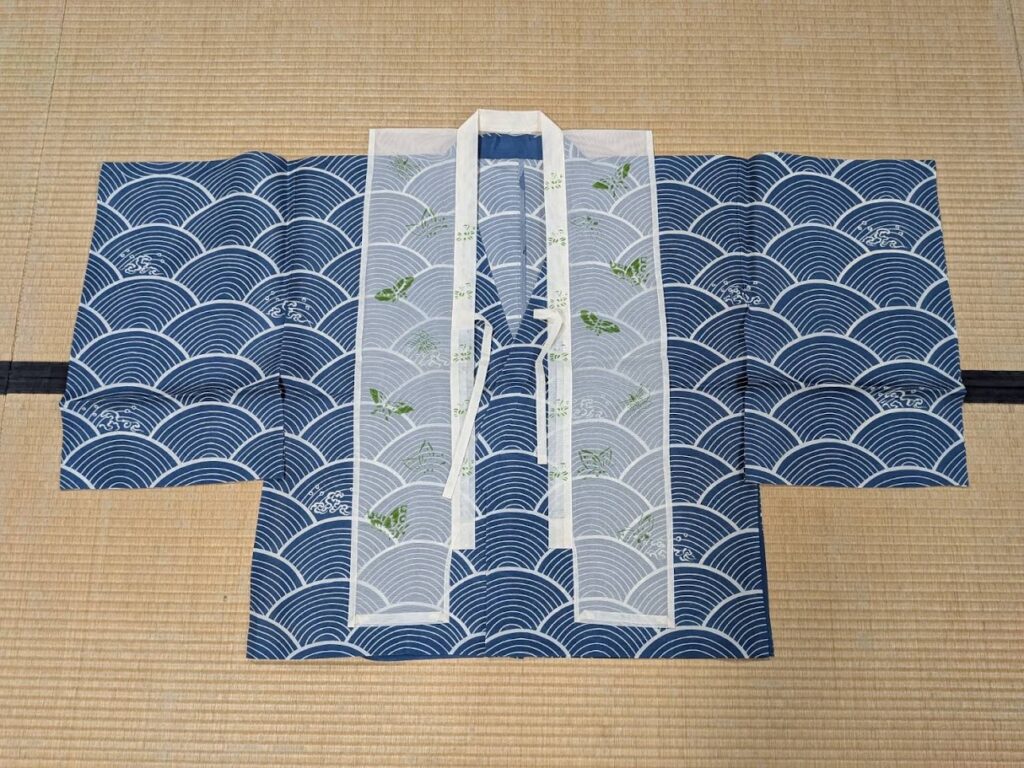
.jpg)

